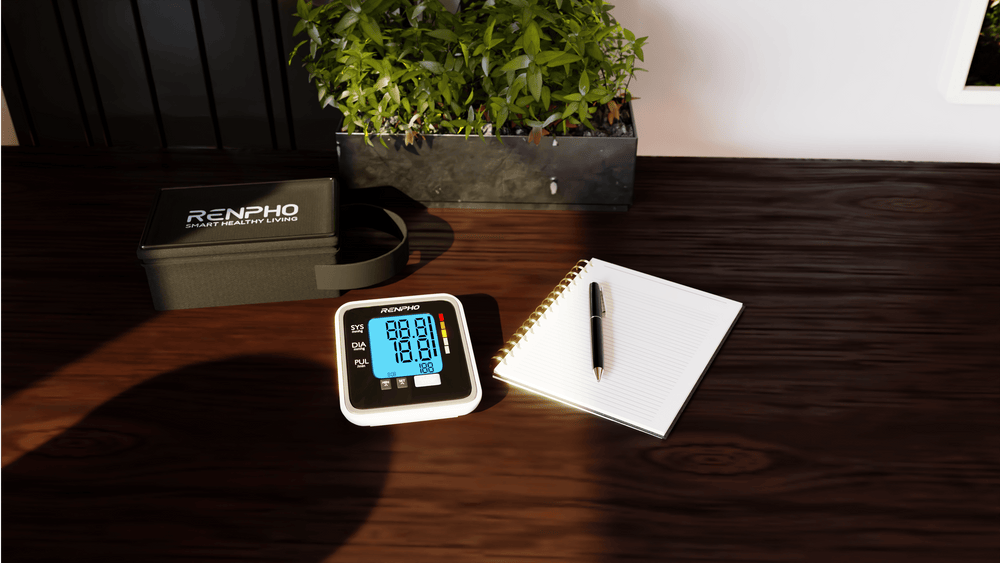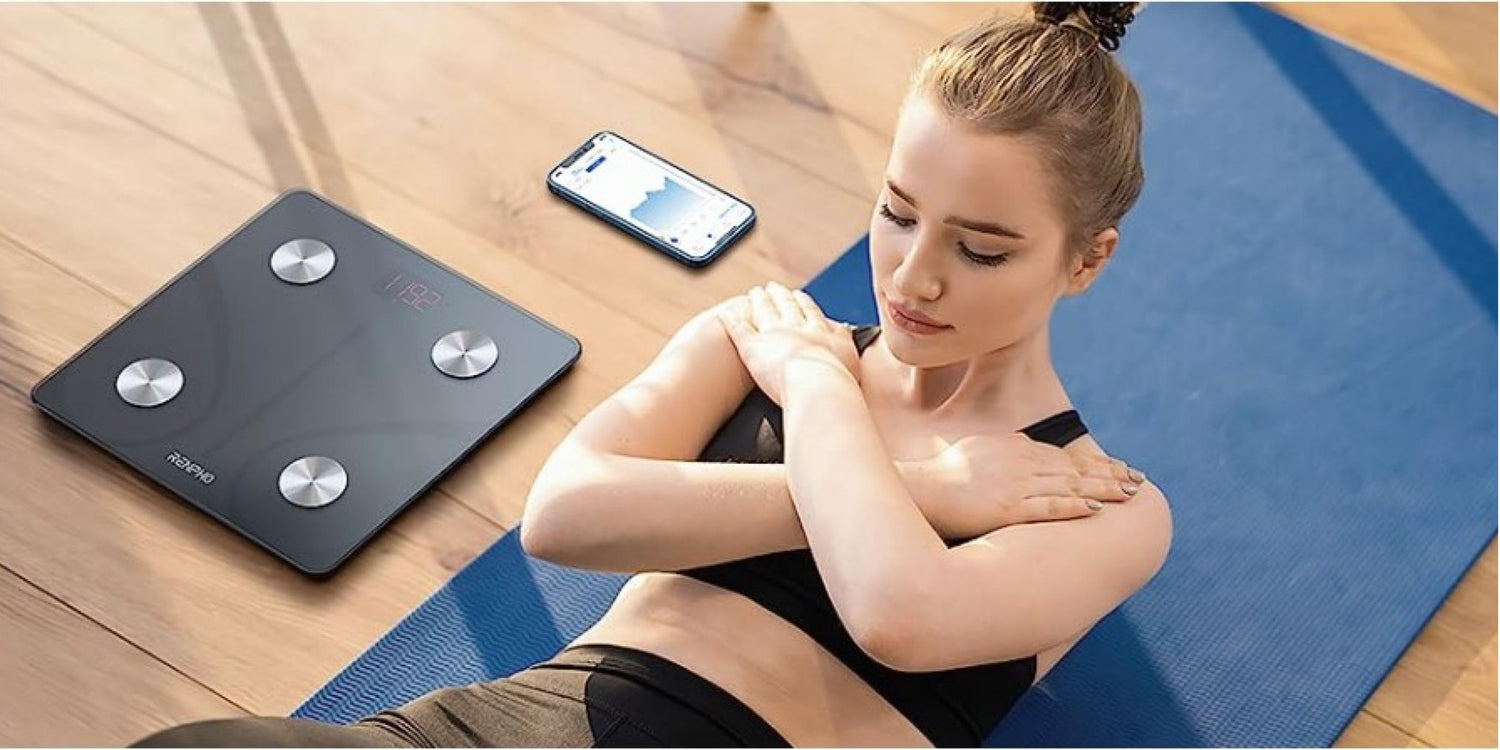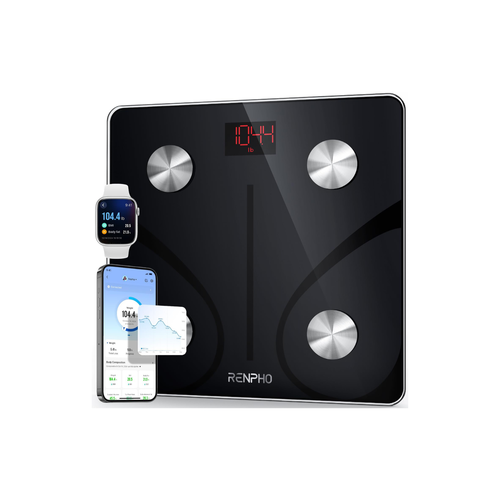How to Use and Read Your Digital Blood Pressure Monitor?

Stay tuned to our latest news
When it comes to assessing your cardiovascular health, your blood pressure is one of the most important aspects to keep track of regularly. Aside from being able to detect early signs of health issues and evaluating possible treatments for them, it is also a great motivator for individuals to maintain a healthy lifestyle.
To determine your blood pressure, you can’t do it on your own using a piece of pen and paper. You will need special devices made for this task. This is where blood pressure monitors come in and there’s two types: the manual and the automatic kind. Knowing how to use and read these devices is essential, especially if you need to regularly take note of your blood pressure level.
What Do the Numbers Mean?
At first glance, one of the first things you might notice is the two prominent numbers on your blood pressure monitor. These two values are essential to your blood pressure readings, which basically measures the force of blood against the walls of your blood vessels and is an indicator of how well your heart is functioning.
Interpreting those numbers involves understanding two terms: the systolic blood pressure (the top number) and the diastolic blood pressure (the bottom number). Systolic pressure measures the pressure in your arteries when your heart contracts, while diastolic pressure measures the pressure between heartbeats when your heart rests. Simple right?
What Is a Normal Blood Pressure Reading?

Now, your readings may fall into different categories, providing valuable information about your cardiovascular health. The American Heart Association says that normal blood pressure levels are typically around 120/80 mmHg, while those above 130/80 mmHg may indicate elevated blood pressure. Anything higher than that can be a sign of a bad case of hypertensive crisis. If so, consult your doctor or medical expert as soon as possible.
It is also important to note that unusually low blood pressure readings should be evaluated by a medical professional, as they may indicate an underlying medical condition like dehydration, allergic reaction, and even heart failure.
What Happens If You Get High Blood Pressure Reading?
There’s no need to worry or panic if you get high blood pressure reading on your digital monitor yet. That single high reading does not automatically mean you are at risk of hypertension, as your blood pressure fluctuates throughout the day.
However, if your second reading is still high or if it exceeds 180/120 mm Hg, stay calm and don’t panic. There are steps you can take before you start seeking a medical expert. You can first wait for about five minutes and test again. If they remain unusually high, it is essential to contact a healthcare professional immediately. This could be a sign of a hypertensive crisis and requires prompt medical attention.
Remember to monitor your blood pressure regularly as it is crucial since it is often called the "silent killer" due to its lack of noticeable symptoms. By consistently using your digital monitor and following your doctor’s guidelines, you can take an active role in managing your blood pressure and maintaining your heart health.
How to Lower Your Blood Pressure?Lowering your blood pressure down to acceptable levels is necessary to achieving good cardiovascular health. With that said, here are a couple of lifestyle tips to help you:
By implementing these changes while also regularly monitoring your blood pressure at home, you can actively take control of your health. Remember to consult with a medical professional to establish blood pressure targets and to receive personalized guidance on managing your condition. |
How to Take Blood Pressure Reading?
Taking a reading is easy and only takes a couple of simple steps. With your RENPHO Blood Pressure Monitor, find a comfortable space where you can sit and relax. Position yourself with your feet flat on the floor and your back supported. Place your arm on a flat surface and keep it within heart level. Make sure your arm is fully supported and relaxed. Next, apply the blood pressure cuff to your upper arm. Be sure to follow the instructions provided in the device’s box. Once it is secure, press the start button and remain still and quiet. After a few moments, your systolic and diastolic readings will be displayed on the monitor’s screen. Your RENPHO Blood Pressure Monitor will automatically take note of these numbers for future references.
Tips for Accurate Blood Pressure Measurements at HomeMeasuring your blood pressure at home can provide valuable information about your heart health and help you track any changes or improvements over time. Here are some important tips to ensure accurate readings:
Remember, your digital blood pressure monitor is a tool to help you manage your heart health. If you have any concerns or need further guidance, it's always a good idea to consult with a medical professional. |
How Often Should You Measure Your Blood Pressure?
You know that you have to monitor your blood pressure regularly. However, what does regularly actually mean? How often do you have to use your monitor? Generally, you only need to do it at least once a year if you are not at risk for hypertension and you have normal blood pressure. On the other hand, if you are at risk of hypertension and other health risks, such as diabetes or kidney disease, regular monitoring is recommended. It is still important to consult with your healthcare professional to determine the best frequency for you.
Why Keep a Blood Pressure Journal?

Keeping a blood pressure journal is essential for anyone concerned about their blood pressure levels. Here are the reasons why it is important to maintain a blood pressure journal:
- Record of Readings: A blood pressure journal provides a systematic record of your blood pressure readings taken over time. By noting down your readings, you can keep track of any fluctuations or patterns in your blood pressure levels.
- Blood Pressure Trends: A journal allows you to visualize your blood pressure trends over a period. This "time-lapse" picture helps you and your healthcare provider assess your overall heart health and identify any potential risks or issues.
- Partner with Your Physician: By maintaining a blood pressure journal, you can actively participate in your own healthcare journey. Sharing your recorded readings with your physician enables better collaboration in managing and treating high blood pressure. It helps in evaluating the effectiveness of prescribed medications or lifestyle changes.
- Reduce High Blood Pressure: Tracking your blood pressure readings can help you and your physician identify the most effective strategies to reduce high blood pressure. With a journal, you can monitor how changes in diet, exercise, medication, or stress management techniques affect your blood pressure levels, providing valuable insights for personalized treatment plans.
Prioritize Heart Health Today!
Understanding how to use and interpret your digital blood pressure monitor is crucial for maintaining optimal heart health. Just remember to record regularly and track your readings to identify any trends or abnormalities and consult with a healthcare professional if necessary. With the convenience and accessibility of digital blood pressure monitors, you can take an active role in managing your cardiovascular health and making informed decisions regarding your well-being.
Note: If you have specific health concerns, please consult your healthcare provider before making dietary changes.
Renpho Health Tips
-

How Technology Can Be Used in Smart Devices to Boost Health & Wellness
July 11, 2023
Read more >
-

5 Reasons You Need SMART Goals for A Healthy Diet Plan
June 18, 2023
Read more >
-

Maximizing Your Smart Body Scale: 5 Tips for Best Results
May 23, 2023
Read more >
-

Healthy Drinks to Keep You Hydrated After Working Out
July 3, 2023
Read more >
-

What Your BMI Says About Your Health
October 3, 2023
Read more >





